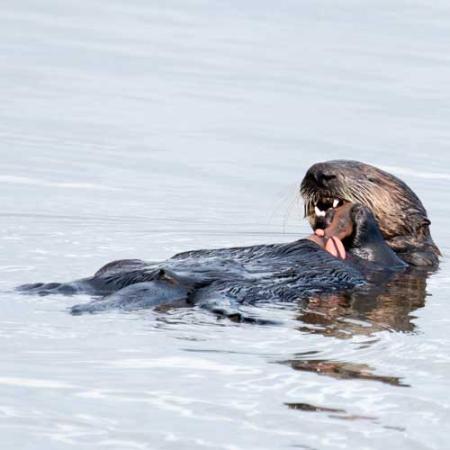These aggregated retention areas were first tested in Washington state before being implemented at logging sites across the world. But how successful was this aggregated retention logging at sustaining local plant and animal life?
To answer this question and measure the long-term impacts and recovery of organisms in aggregated retention timberlands, Rod Crawford, curatorial associate of arachnology, participated with a team of UW and international scientists (led by Sue Baker of Tasmania) to examine the life present in these patches of unlogged land and the logged lands adjacent to them.
The team sampled plants, beetles, spiders and harvestmen (another arachnid) in the world’s three oldest aggregated-retention sites (21–26 years old) from Washington state and compared them with three recently harvested sites (5–8 years old). Baker, Crawford and colleagues compared the species that were living in the undisturbed patches of forest in aggregated retention lands to the portions of the logged areas that were starting to re-grow, as well as unlogged forests that bordered the sites.
Spiders are a useful group to study in this context, because many spider species are restricted to closed-canopy forest habitats, while others occur mainly in habitats open to sunlight. When we know which species favor forests and clearings, it’s easier to see how recovery is working based on which spiders are present.
Results indicate aggregated retention has short- and long-term benefits for the plants and animals they studied. Unlogged patches act as a habitat for forest spiders, harvestmen and beetles, along with plants that then become the early populators of recently logged areas.
The team advocates for patches of unharvested trees being placed closer together to maximize their “forest influence” on adjacent logged land. This work is helping the timber industry better understand how to provide the best outcome for plants and animals to repopulate an area that has been logged.
---
Rod Crawford has been curating the Burke spider collection, originally as a volunteer, since 1971. See Spider Myths for more information on spiders.
See more from arachnology.





